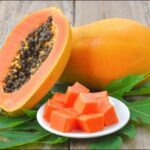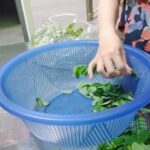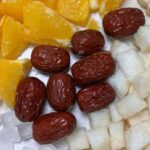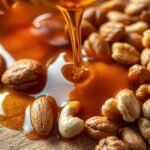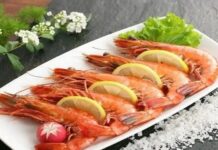Bell peppers, especially the red ones, are packed with vitamin C and antioxidants. They contain approximately 140mg of vitamin C per 100g, while green bell peppers offer around 80mg per 100g. Bell peppers are also a good source of vitamin B6, iron, and potassium, all while being low in calories. Cooking bell peppers reduces their vitamin C content, so it’s best to enjoy them raw to get the full benefit.
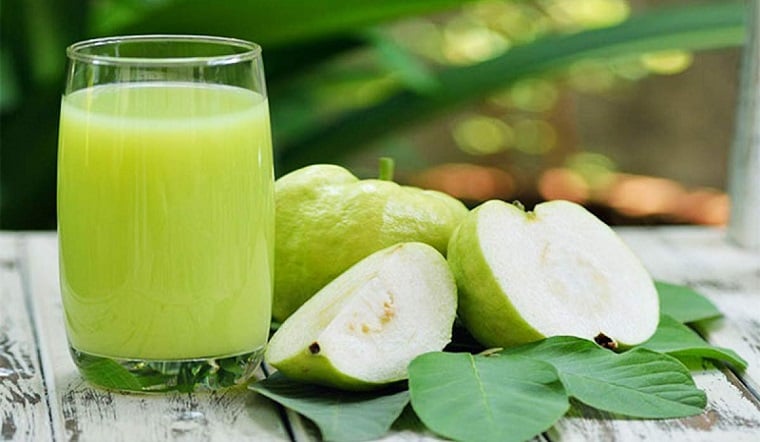
Guava:
Guava, a tropical super fruit, takes the crown for vitamin C content, boasting four times more than oranges. A 100g serving provides a impressive 200mg of vitamin C. Guava is also rich in vitamin A, folic acid, and minerals like potassium, copper, and manganese. It’s a nutritious choice, offering fiber, low saturated fat, and minimal cholesterol and sodium.
Strawberries:
Strawberries are an excellent source of fiber and antioxidants, and while their vitamin C content is modest at approximately 80mg per 100g, they still pack a nutritious punch. To get the most out of strawberries, enjoy them raw, as this preserves their vitamin C and antioxidant goodness.
Papaya:
Papaya is well-known and well-loved, offering approximately 62mg of vitamin C per 100g. It’s also rich in antioxidants like carotene and flavonoids, as well as vitamins A and folate. Regular consumption of papaya is believed to reduce the risk of colon and cervical cancer.
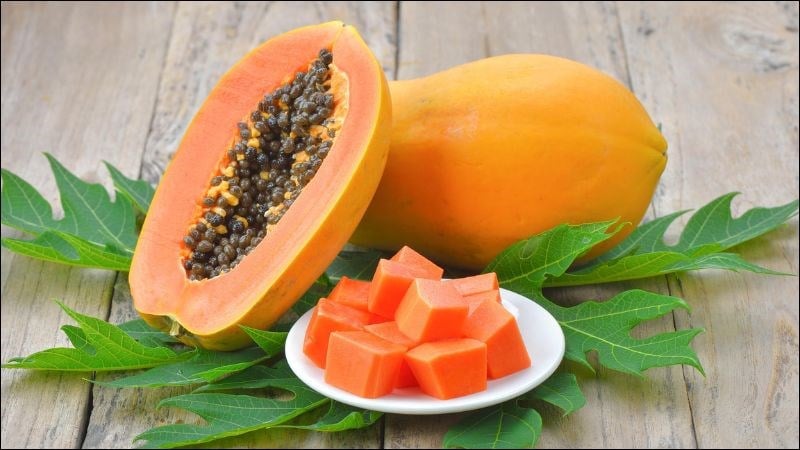
Papaya is packed with Vitamin C
Kiwi:
Kiwi fruit, a relatively new addition to the fruit stands of Vietnam, is imported and packed with nutrients. Considered one of the most nutritious fruits in the world, kiwi offers approximately 70mg of vitamin C per 100g, along with potassium, antioxidants, and omega-3 fatty acids. To get the most out of kiwi, eat it soon after it ripens, and only cut it just before consumption to preserve its vitamin C content.
The Ultimate Superfood: Discover the Vegetable That Grows with Ease and Packs a Powerful Vitamin C Punch
Water dropwort, or rau ngót, is an incredibly easy vegetable to grow, requiring only a simple branch-plugging technique to thrive. But beyond its accessibility as a household food, rau ngót is a bona fide “superfood,” boasting a vitamin C content that surpasses that of oranges and tangerines tenfold.

























